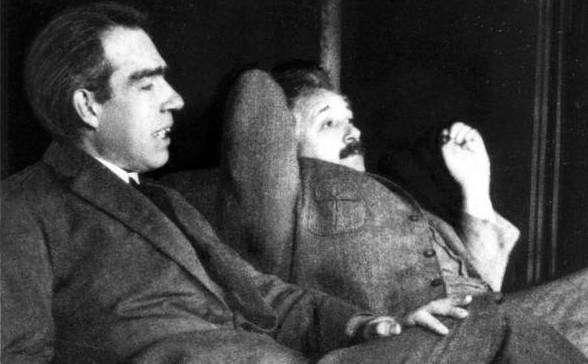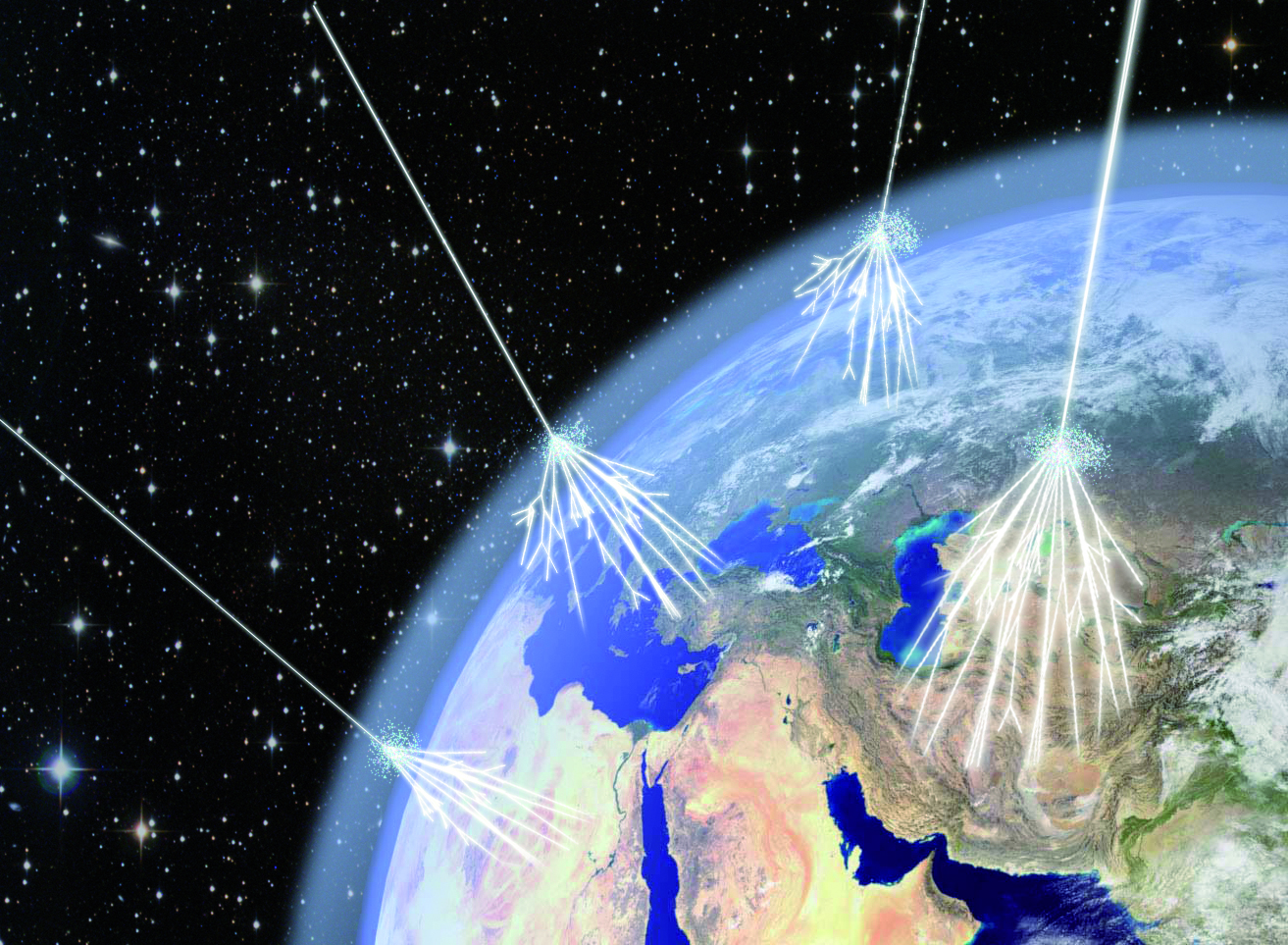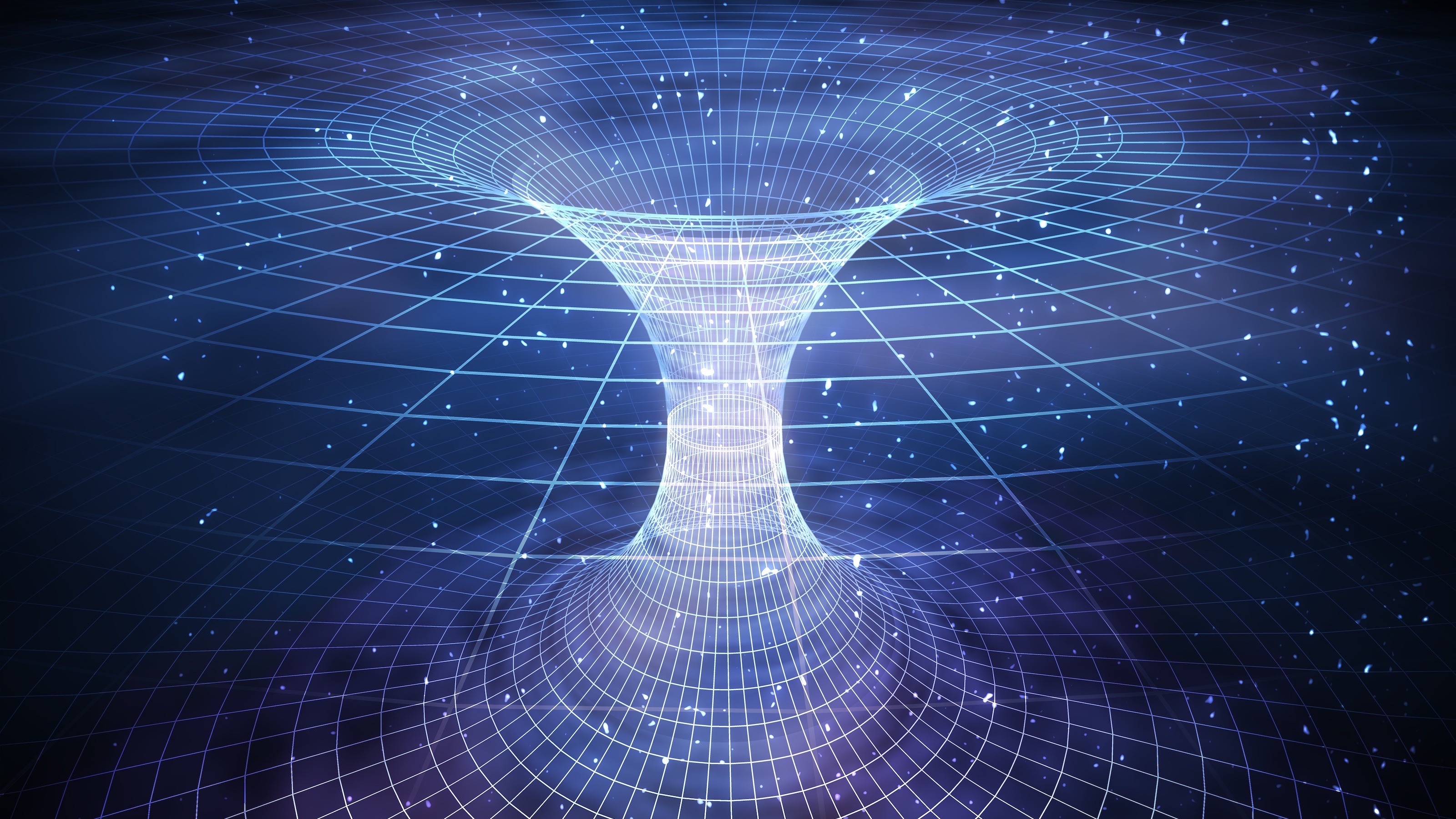I wrote the book on warp drive. No, we didn’t accidentally create a warp bubble.

- Although it was originally a fictional idea, a 1994 paper by Miguel Alcubierre showed how “warp drive” is really possible within general relativity.
- By creating a warp bubble where space compressed in front of the ship and rarified behind it, warp travel would be possible, but would require negative mass/energy.
- A new paper by a former NASA engineer famed for outlandish claims, Harold “Sonny” White, claims to have created one. But the science doesn’t check out.
In perhaps his most famous quip of all time, celebrated physicist Richard Feynman once remarked, when speaking about new discoveries, “The first principle is that you must not fool yourself—and you are the easiest person to fool.” When you do science yourself, engaging in the process of research and inquiry, there are many ways you can become your own worst enemy. If you’re the one proposing a new idea, you must avoid falling into the trap of becoming enamored with it; if you do, you run the risk of choosing to emphasize only the results that support it, while discounting the evidence that contradicts or refutes it.
Similarly, if you’re an experimenter or observer who’s become enamored with a particular explanation or interpretation of the data, you have to fight against your own biases concerning what you expect (or, worse, hope) the outcome of your labors will indicate. As the more familiar refrain goes, “If the only tool you have is a hammer, you tend to see every problem as a nail.” It’s part of why we demand, as part of the scientific process, independent, robust confirmation of every result, as well as the scrutiny of our scientific peers to ensure we’re all doing our research properly and interpreting our results correctly.
Recently, former NASA engineer Harold “Sonny” White, famous (or infamous) for his previous dubious claims about physics-violating engines, has made a big splash, claiming to have created a real-life warp bubble: an essential step toward creating an actual warp drive, as made famous by Star Trek. But is this claim correct? Let’s take a look.
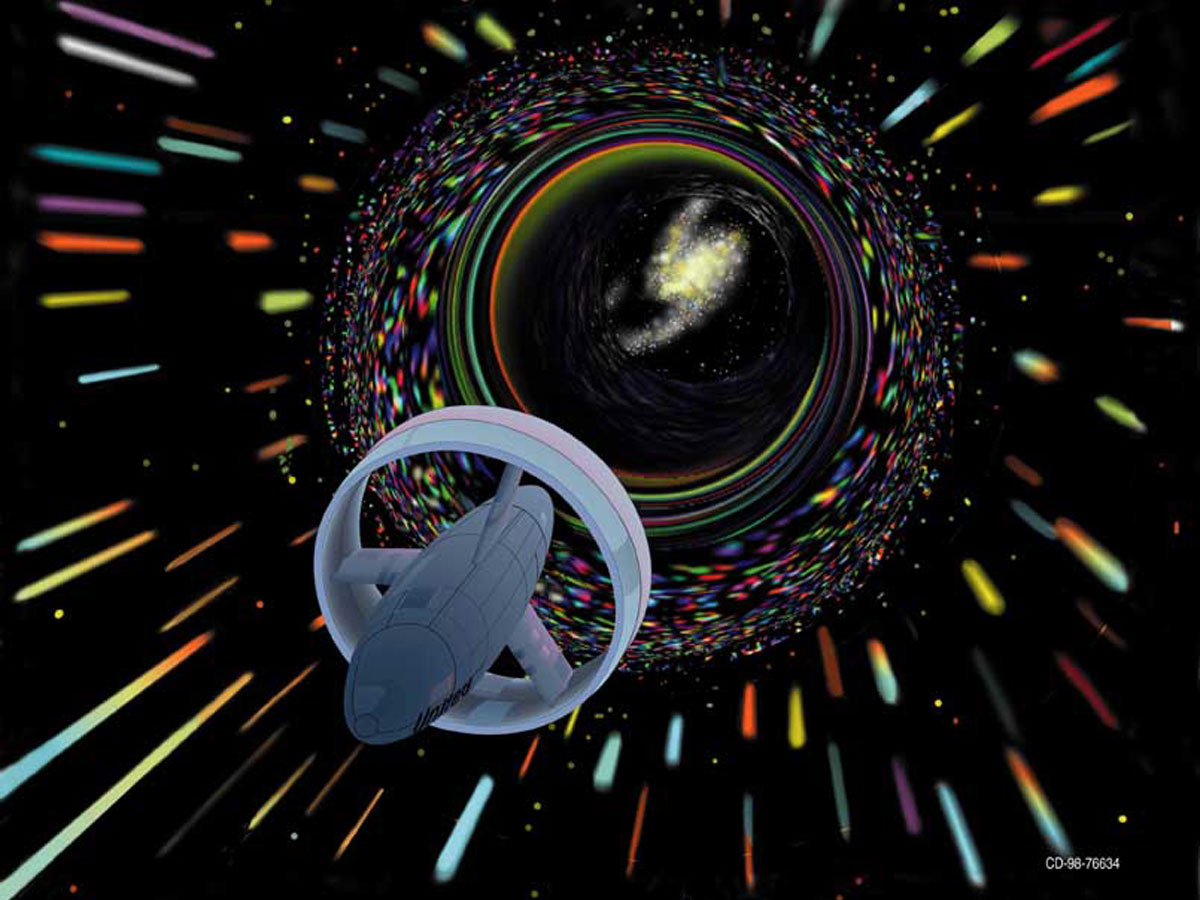
The physics of warp
Warp drive started off as a speculative idea. Rather than being bound by the limits of special relativity — where massive objects can only approach, but can never reach or exceed, the speed of light — warp drive recognized the novel possibility brought about by general relativity: where the fabric of space is curved. In special relativity, we treat space as being indistinguishable from flat, which is an excellent approximation almost everywhere in the Universe. Only near extremely dense and massive objects do the effects of curved space typically become important. But if you can manipulate the matter and energy in the Universe properly, it’s possible to cause space to curve in intricate, counterintuitive ways.
Just as you could take a flat sheet of paper and fold it, it should be possible, with enough matter and energy in the right configuration, to “warp” the fabric of space between any two points. If you warp space properly, the reasoning goes, you could potentially shorten the amount of space you need to traverse between any two points; all you’d need is the right amount of energy configured in the right way. For a long time, the theoretical solutions that shortened the journey from one point to another were limited to ideas like wormholes, Einstein-Rosen bridges, and black holes that connected to white holes at the other end. In all of these cases, however, there was an immediate problem: Any spacecraft traveling through these mechanisms would violently be torn apart by the irresistible gravitational forces.

Credit: AllenMcC./Wikimedia Commons
But all of this changed in 1994, when physicist Miguel Alcubierre put forth a paper that showed how warp drive could be physically possible. Alcubierre recognized that the presence of matter and/or energy always led to positive spatial curvature, like the heavily curved space just outside a black hole’s event horizon. However, negative spatial curvature would also be possible if, instead of matter and/or energy, we had some sort of negative-mass matter or negative energy. By playing around with these two ingredients, instead of just the usual one, Alcubierre stumbled upon an idea that was truly brilliant.
By manipulating large amounts of both positive and negative energy, Alcubierre showed how, without wormholes, a spaceship could travel through the fabric of space at an arbitrarily large speed: unbounded by the speed of light. The way this would work is that both types of energy — positive and negative — would be present in equal quantities, compressing the space in front of the spacecraft while simultaneously rarifying the space behind it by an equal amount. Meanwhile, the spacecraft itself would be encased in a “warp bubble” where space was indistinguishable from flat on the interior. This way, as the spacecraft and the bubble moved together, they would travel through the compressed space, shortening the journey.

Credit: NASA/JPL-Caltech
How would warp drive work?
One way to envision this is to imagine we wanted to travel to the TRAPPIST-1 system: a stellar system with a red dwarf star, containing at least seven Earth-sized planets in orbit around it. While the innermost planets are likely to be too hot, akin to Mercury, and the outermost planets are likely frozen over like Pluto, Triton, or Enceladus, some of the intermediate planets might yet be “just right” for habitability, and may possibly even be inhabited. The TRAPPIST-1 system is approximately 40 light-years away.
Without warp drive, you’d be limited by special relativity, which describes your motion through the fabric of space. If you traveled quickly enough, at, say, 99.992% the speed of light, you could make the journey to TRAPPIST-1 in just six months, from your perspective. If you looked around, assessed the planet, and then turned around and came home at precisely the same speed, 99.992% the speed of light, it would take you another six months to return. Those individuals aboard the spacecraft would experience only one year of time’s passage, but back here at home, everyone else would have experienced the passage of 81 years.
When you’re limited by the speed of light, this problem cannot be avoided: Even if you could travel arbitrarily close to the speed of light, slowing your own aging through time dilation and shortening your journey through length contraction, everyone back home continues to age at the normal rate. When everyone meets up again, the effects are dramatic.

Credit: Jahobr/Nevadawest of Wikimedia Commons
With warp drive, however, this problem goes away almost entirely. The way that relativity works dictates that your passage through space and time are related: that the faster you move through space, the slower time passes for you, while remaining completely stationary in space causes time to pass at the maximum possible rate. By warping space itself, you can actually change it so that what was previously a 40-light-year journey in front of you might now appear as though it were only a 0.5-light-year journey. If you travel that distance, now, at 80% the speed of light, it still might take about six months to get to TRAPPIST-1. When you stop, turn around, and come back, with space warped again in your forward direction of motion, it again will take six months. All told, you’ll have aged one year on your journey.
But this time, because of how you undertook your journey, someone back on Earth would still be older, but not by very much. Instead of witnessing you traveling through space at nearly the speed of light, a terrestrial observer would witness the space in front of your spacecraft be continually shrunk, while the space behind you would continually be expanded. You’d be moving through space, but the warping of space itself would far and away be the dominant effect. Everyone back at home would have aged about 1 year and 8 months, but (almost) everyone you knew and loved would still be alive. If we want to undertake interstellar journeys and not say a permanent goodbye to everyone at home, warp drive is the way to do it.

Credit: Trekky0623/Wikimedia Commons
The key ingredient
In 2017, I authored the book Treknology: The Science of Star Trek from Tricorders to Warp Drive, where I presented nearly 30 different technological advances envisioned by the Star Trek franchise. For each technology, I evaluated which ones had already been brought to fruition, which ones were on their way, which ones were still a ways off but were physically possible, and which one would require something novel and presently speculative as far as science was concerned in order to become possible. Although there were only four such technologies that were currently impossible with our present understanding of physics, warp drive was one of them, as it required some type of negative mass or negative energy, which — at present — is purely speculative.
Today, however, it’s recognized that what’s needed isn’t necessarily negative mass or negative energy; that was simply the way that Alcubierre recognized one could induce the needed “opposite type” of curvature to space from what normal mass or energy causes. However, there’s another possibility for this that stems from a realization that didn’t yet exist back in 1994, when Alcubierre first put his work forth: that the default amount of “energy” in space isn’t zero, but some positive, non-zero, finite value. It wasn’t until 1998 that the effects of this energy were first robustly seen, manifesting itself in the accelerated expansion of the Universe. We know this today as dark energy, and it’s a form of energy intrinsic to the fabric of space itself.

Credit: Derek Leinweber
Now, keep that in mind: There’s a finite amount of energy to the fabric of space itself. In addition to that, there’s a famous calculation that was done back in the 1940s, in the early days of quantum field theory, by Hendrik Casimir, that has remarkable implications. Normally, the quantum fields that govern the Universe, including the electromagnetic field, exist everywhere in space; they’re intrinsic to it, and they cannot be removed. But if you set up certain boundary conditions — Casimir first envisioned two parallel, conducting plates as an example — certain modes of that field would be excluded; they had the wrong wavelength to fit between the plates.
As a result, the energy inherent to the space outside of the plates would be slightly greater than the energy inside the plates, causing them to attract. The effect wasn’t experimentally confirmed until almost 50 years after it was proposed, when Steve Lamoreaux successfully did it, and the Casimir effect has now been calculated and measured for many systems and many configurations. It may be possible, with the proper configuration, to use the Casimir effect in a controlled fashion to substitute for Alcubierre’s original idea of exotic matter that possessed some type of negative energy.
However, one must be careful — as stated earlier, it’s easy to fool yourself. The Casimir effect isn’t equivalent to a warp bubble. But in principle, it could be used to warp space in the negative fashion that would be needed to create one.

Credit: Emok/Wikimedia Commons
So, what did this new “warp bubble” paper actually do?
The article, thankfully, published in the open access (but often dubious) European Physical Journal C, is publicly available to anyone wishing to download it. (Link here.) Using micron-scale electrical conductors in a variety of shapes, including pillars, plates, spheres and other cavities, teams of researchers were able to generate electric potentials (or changes in voltage) of a few hundred microvolts, completely in line with what previous experiments and theoretical predictions both indicate. That’s what the DARPA-funded project was for, and that’s what the experimental research surrounding this idea accomplished: in a custom Casimir cavity.
However, there’s an enormous difference between what teams working on Casimir cavities do experimentally and the numerical calculations performed in this paper. That’s right: This isn’t an experimental paper, but rather a theoretical paper, one with a suspiciously low number (zero) of theoretical physicists on it. The paper relies on the dynamic vacuum model — a model typically applicable to single atoms — to model the energy density throughout space that would be generated by this cavity. They then use another technique, worldline numerics, to assess how the vacuum changes in response to the custom Casimir cavity.
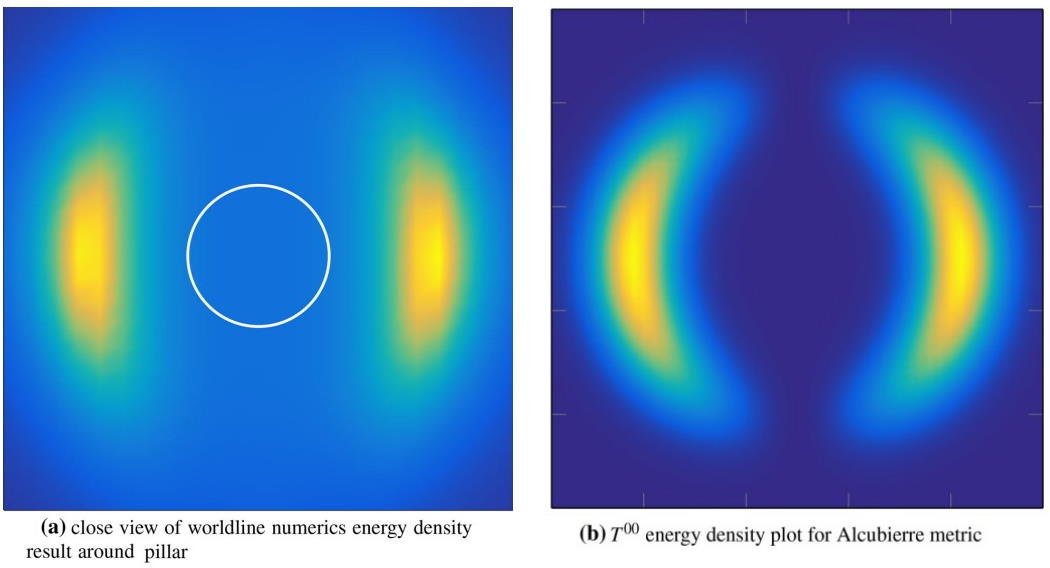
And then it gets shady. “Where’s my warp bubble?” They didn’t make one. In fact, they didn’t calculate one, either. All they did was show that the three-dimensional energy density generated by this cavity displayed some qualitative correlations with the energy density field required by the Alcubierre drive. They don’t match in a quantitative sense; they were not generated experimentally, but only calculated numerically; and most importantly, they are restricted to microscopic scales and extremely low energy densities. There’s a lot of speculation and conjecture, and all of it is unproven.
That isn’t to say this might not be an interesting idea that might someday pan out. But the most generous thing I can say about it is this: it isn’t fully baked. The most worrisome part, as a scientist familiar with Dr. White’s grandiose claims surrounding physics-violating engines in the past, is that he’s making new grand claims without adequate supporting evidence. He’s going to be looking at tiny, low-power systems and attempting to make measurements right at the limit of what his equipment will be able to detect. And, in the very recent past, he has fooled himself (and many others) into believing a novel effect was present when, in fact, it was not. An error, where his team failed to account for the magnetic and electric fields generated by the wires powering his previous apparatus, was all he wound up measuring.
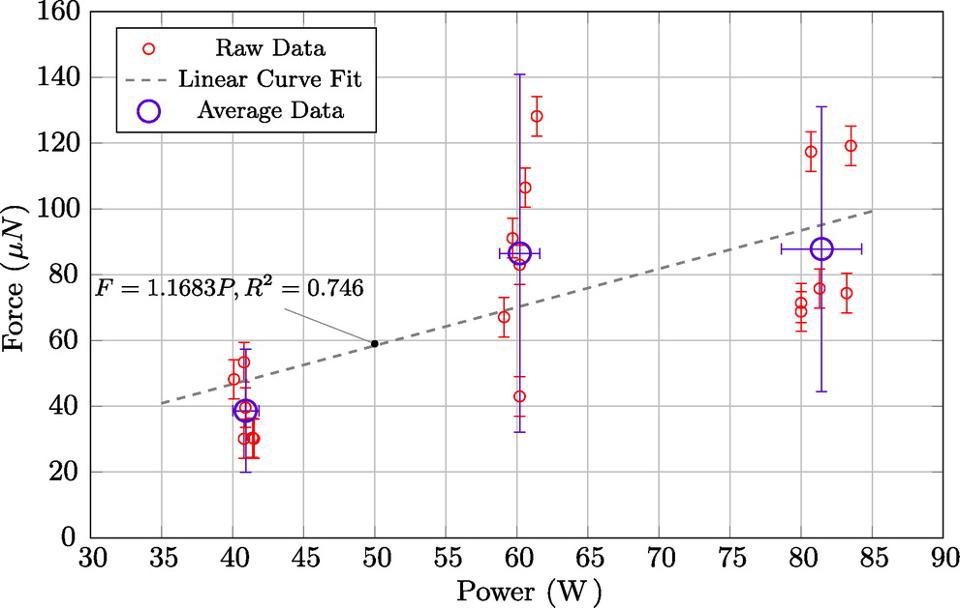
In science, the mindset made famous by The X-Files series, “I want to believe,” is frequently the most dangerous one we can have. Science is not about what you hope is true; it’s not about the way you’d like reality to be; it’s not about what your gut tells you; and it’s not about the patterns you can almost see when you ignore the quantitative details. At its core, science is about what is true in our reality, and what can be experimentally and/or observationally verified. Its predictions are reliable when you’re using established theories within their established range of validity, and speculative the instant you venture beyond that.
As much as I’d love it if we had created a warp bubble in the lab, that simply isn’t what happened here. A lack of appropriately healthy skepticism is how we wind up with scams and charlatans. As soon as you no longer bear the responsibility of rigorously testing and attempting to knock down your own hypotheses, you’re committing the cardinal sin of any scientific investigation: engaging in motivated reasoning, rather than letting nature guide you to your conclusions. Warp drive remains an interesting possibility and one worthy of continued scientific investigation, but one that you should remain tremendously skeptical about given the current state of affairs.
Remember: The more you want something to be true, the more skeptical you need to be of it. Otherwise, you are already violating the first principle about not fooling yourself. When you want to believe, you already are the easiest person to fool.
